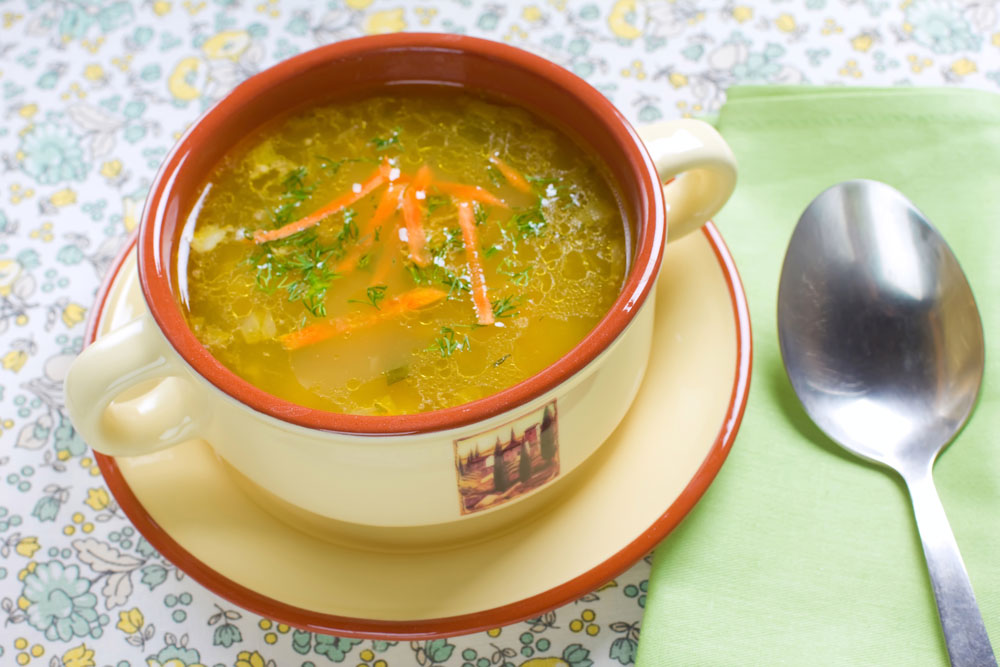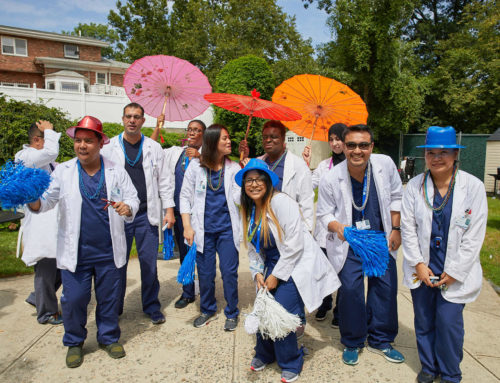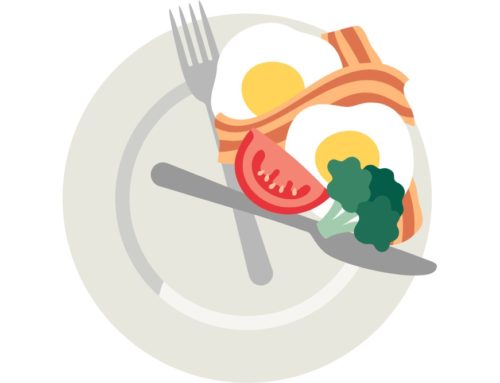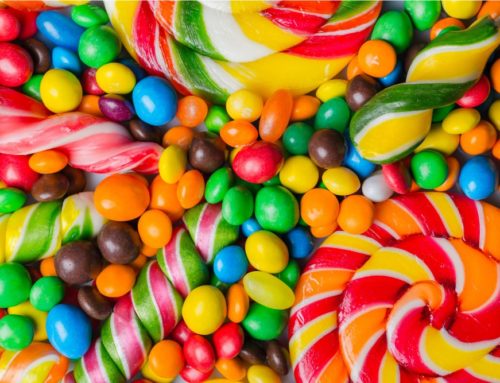What Is the Right Diet for Heart Attack and Stents?
Heart attacks seem to occur out of nowhere, though it takes years of plaque buildup to cause one. After such an episode, a stent may be used to re-open the affected artery and increase blood flow. Though this will prevent future issues, a few lifestyle changes can improve heart health. One of the most vital alterations is adopting a healthy diet after a heart attack and stent.
Proper eating habits do more than provide the body with the correct nutrients. Healthy choices are crucial to the heart’s recovery, reducing inflammation and preventing future plaque buildup. To learn more about how changing your diet can improve your heart, check out the following sections.

Diet After Heart Attacks and Stents
Sticking to a proper diet is essential to maintaining your overall health as well as conditions like high blood pressure or narrowed arteries. After heart issues, reducing the chances of future life-threatening episodes becomes even more significant. Healthy meal choices reduce cholesterol and blood pressure levels while keeping you at a healthy weight. With the pressure off your heart, it has the time it needs to recover.
To improve your diet, the first thing to include is:
- Whole grains
These include oats, barley, whole wheat, lentils, brown rice.
These options contain fiber, nutrients, vitamins, and minerals and balance cholesterol levels.
- Fruits and vegetables
Fruits and vegetables are also part of a heart-healthy diet, containing various vitamins and minerals. Some of them contain antioxidants, while others reduce inflammation. At least one fruit or vegetable should be part of every meal and can be eaten as snacks in between.
- Healthy fats
Though saturated fats should be avoided, healthy fats are safe for your post-heart attack and stent diet. Omega-3 fatty acids, found in salmon, lake trout, herring, sardines, and tuna, are essential to heart health. You can also replace saturated fats, like butter or margarine, with healthy substitutes, including olive or canola oil.
- Protein
Protein-rich foods are another essential part of a healthy diet. Choose lean meat options, like skinless chicken, turkey, and pork. Seafood, fish, and eggs are also fantastic high-protein options. You can even try plant-based proteins, such as beans, lentils, chickpeas, tofu, and natural peanut butter.
- Low or non-fat dairy products
Dairy products can contain high amounts of fat, though these can be avoided by choosing low-fat options. Instead of whole milk, drink skim or 1% milk. Cheese, cottage cheese, and yogurt can also be consumed without risking heart health.
If you’re unsure about quantities for each food option, speak to your doctor. You may also want to check out the DASH (Dietary Approaches to Stop Hypertension) diet. Though designed for hypertension, it is a good option for post-heart attack recovery.
Foods to avoid
Several foods shouldn’t be included in your diet after a heart attack and stent. Salt is the worst offender, so limit intake to 5 grams or less each day.
These are:
- Unhealthy fats
These include refined oils, margarine, butter, or mayonnaise, should also be avoided.
- Reduce or eliminate sugar
Reducing sugar intake is vital, including carbonated drinks, pastries, ice cream, and cakes.
- Processed or fried foods and red meat
These also don’t do your heart any favors.
This article contains informational and educational materials and does not replace health or medical advice. For questions or concerns regarding your medical condition or health objectives, speak to a qualified physician or healthcare provider.






Leave A Comment